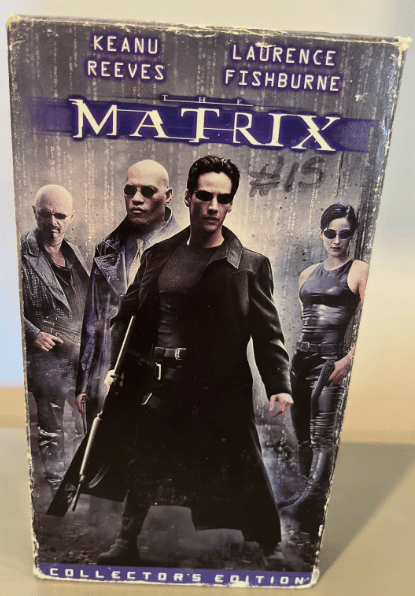
In “The Matrix,” the Wachowskis not only establish themselves as pioneering filmmakers but also set a new standard for live-action cinema. Comparable to the revolutionary impact of “Star Wars,” “The Matrix” is the inaugural film of a trilogy that introduces a distinct visual style achieved through innovative techniques and digital effects, some of which had never been seen in mainstream Hollywood. Notably, the film features the debut of “bullet time,” a dynamic digital effect that combines computer-generated imagery with still photography to create visually stunning time-bending sequences. The narrative delves into a complex mythological story centered on Neo (Keanu Reeves), a computer hacker on a quest to uncover the truth about the Matrix. Guided by the enigmatic Morpheus (Laurence Fishburne) and joined by a group of rebels, Neo’s journey is a thrilling exploration filled with mind-bending visuals, expertly choreographed fight scenes by Yuen Wo-Ping, and a memorable supporting cast including Carrie-Anne Moss in her breakthrough role. “The Matrix” is not only a visual spectacle but also a landmark in science fiction that has significantly influenced the genre.

